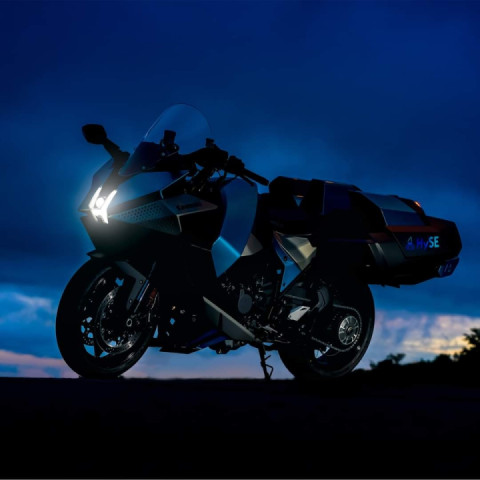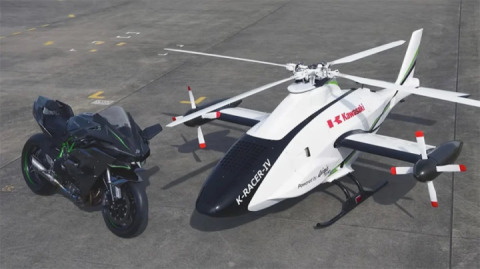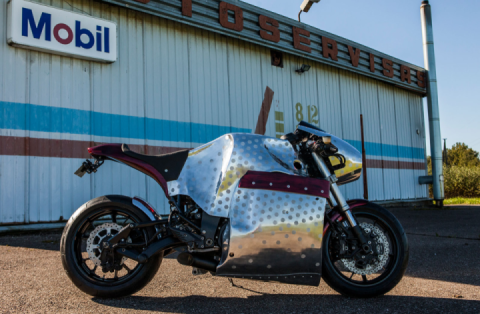Kawasaki ZN 1300 Voyager. Forward to the Future! The coolest motorcycle of the 80s.
It's truly remarkable how innovative Japanese engineering was back in the distant 80s. The technical solutions were so interesting and bold, focusing on originality and daring design rather than just the number of screens in the auto and motorcycle industry.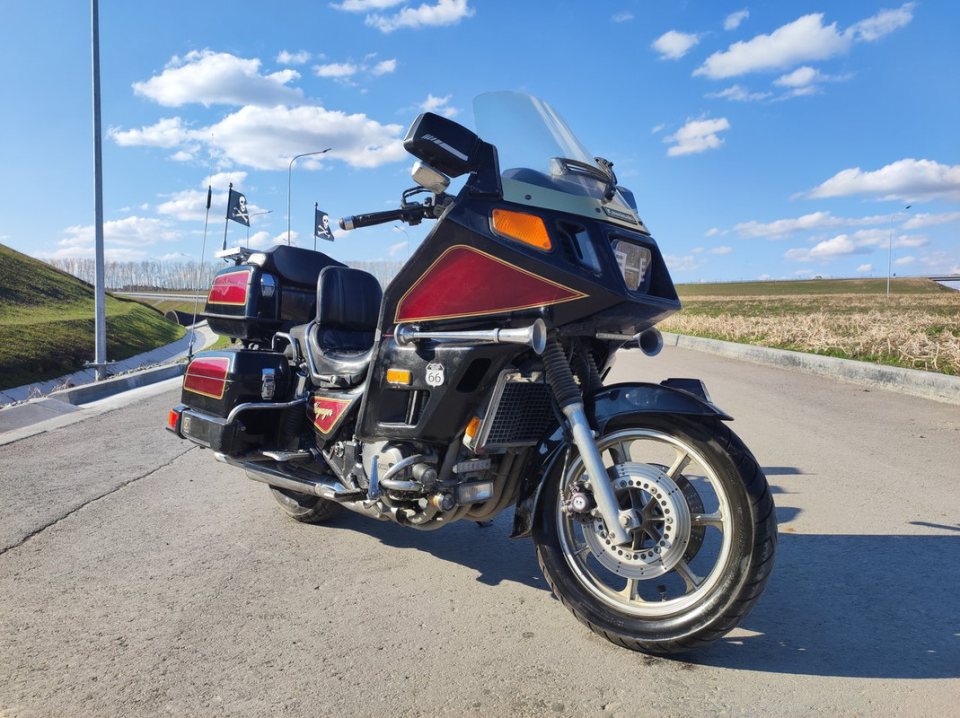
So here we have the Kawasaki ZN1300 Voyager. Specifically, this model is from 1985, and the ZN1300 was produced from 1983 to 1989. Later, it was replaced by a much cheaper and simplified version, which swapped the fuel injection for a carburetor and removed a couple of cylinders from the engine. About 4,500 Voyagers were produced, with around 10 still in Russia.
This Voyager was developed by Kawasaki engineers to compete with Honda's luxury tourer, the Gold Wing, which at the time was a 4-cylinder, 1200cc powerhouse. Kawasaki engineers thought, if we're going to outdo the competition, let's do it comprehensively. If Honda has four cylinders, we'll add six. If they use a carburetor, we'll go with fuel injection (which was a first for motorcycles). We'll make the bike larger, heavier, and pack it with everything a sophisticated Japanese mind can conceive. And guess what? They did. The result? A massive touring motorcycle weighing nearly half a ton with a 6-cylinder, 1300cc fuel-injected engine producing 130 horsepower. Top speed is 239 km/h, and while the manufacturer did not provide acceleration data to 100 km/h, various sources and personal experience suggest it takes around 4-5 seconds.
The bike is equipped with: pneumatic suspension front and rear with an integrated compressor, which makes its ride comparable to that of a limousine; an onboard computer; a digital instrument panel (allowing you to switch readings from miles to kilometers) with all necessary parameters; a compass (navigation systems were not invented in 1985); a pneumatic horn; automatic turn signal cancellation after maneuvers; a cassette radio with automatic volume increase with speed; electric headlight adjustment; a clock; four large storage compartments in addition to three removable saddlebags; and complete wind protection. Even a small mirror is provided in the saddlebag. Enthusiastic motorcycle journalists of the time referred to the Voyager as a car without doors.
Fuel consumption, according to the onboard computer, is around 6-7 liters per 100 km on the highway and 9-10 liters in the city, but the 29-liter tank allows for long-distance travel without refueling at every station.
Riding this motorcycle feels unique: good dynamics and excellent torque come with relatively weak brakes. Handling is similar to that of full-size American sedans or domestic Volgas: wallowing, very smooth, and very solid. This motorcycle excels on long country stretches: it offers the comfort of an intercity bus, with its enormous mass preventing crosswinds from steering you off course, excellent wind protection, a soft suspension, and a large fuel tank enabling long trips without frequent stops. In the city, however, this behemoth feels cramped. Its large width and enormous mass somewhat limit maneuverability in traffic, and the engine operates under stress in hot conditions. The motorcycle practically begs to be taken on a journey of a thousand or two kilometers rather than dealing with city traffic.
What if such a giant falls? The Japanese thought of that too: the safety side bars are designed so that the motorcycle doesn't fall on its side but tilts at a 45-degree angle, suffering no damage. With knowledge of the technique for lifting heavy motorcycles, it's not just Hercules who can handle it. The aerodynamics are such that in the rain, at speeds above 60 km/h, you stay completely dry, like in an air cocoon.
Where to find parts for such a dinosaur? It's simple: consumables are always available, while more serious parts are only on order. Abroad, especially in the United States, such Voyagers and similar KZ 1300 tourers are still found, and there are communities and clubs of enthusiasts for these motorcycles. Aftermarket parts are still produced, which, with some skill, can be purchased and shipped here.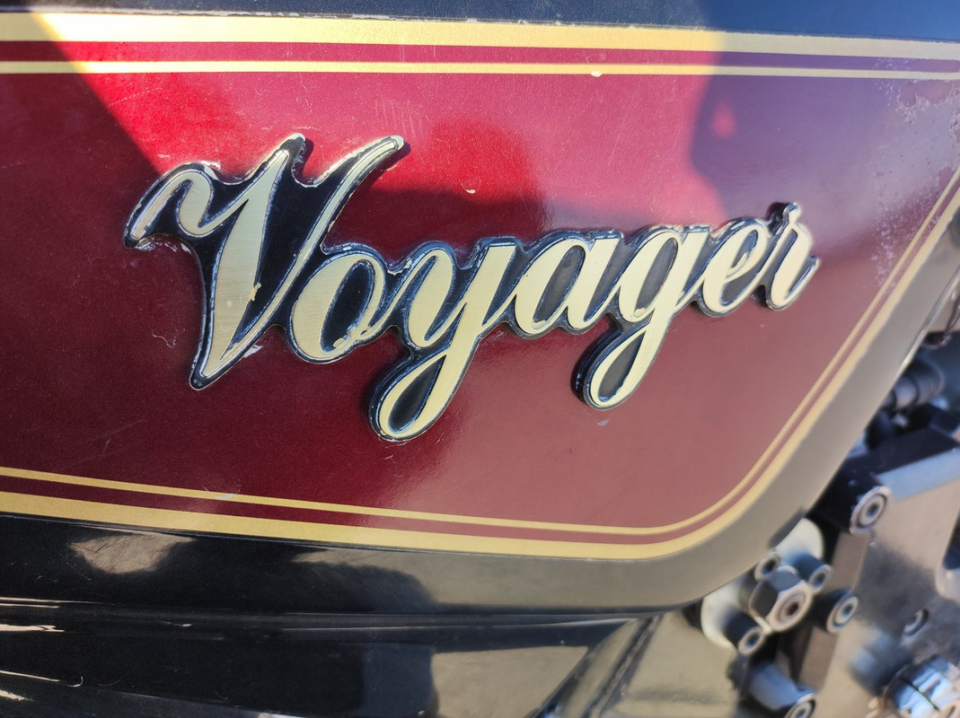
One might forgive the owner of this motorcycle and author of this text for some embellishment, a lot of biker and rocker paraphernalia, and other quirks in the bike's appearance. Yes, its condition is not museum-quality. But it is, nonetheless, a fully functional and operational bike that serves as daily transport during warm weather and occasionally undertakes fairly long journeys. Just think, next year this Voyager will turn 40. But as they say, an old friend is better than two new ones.
 Follow
2.4K
Follow
2.4K




